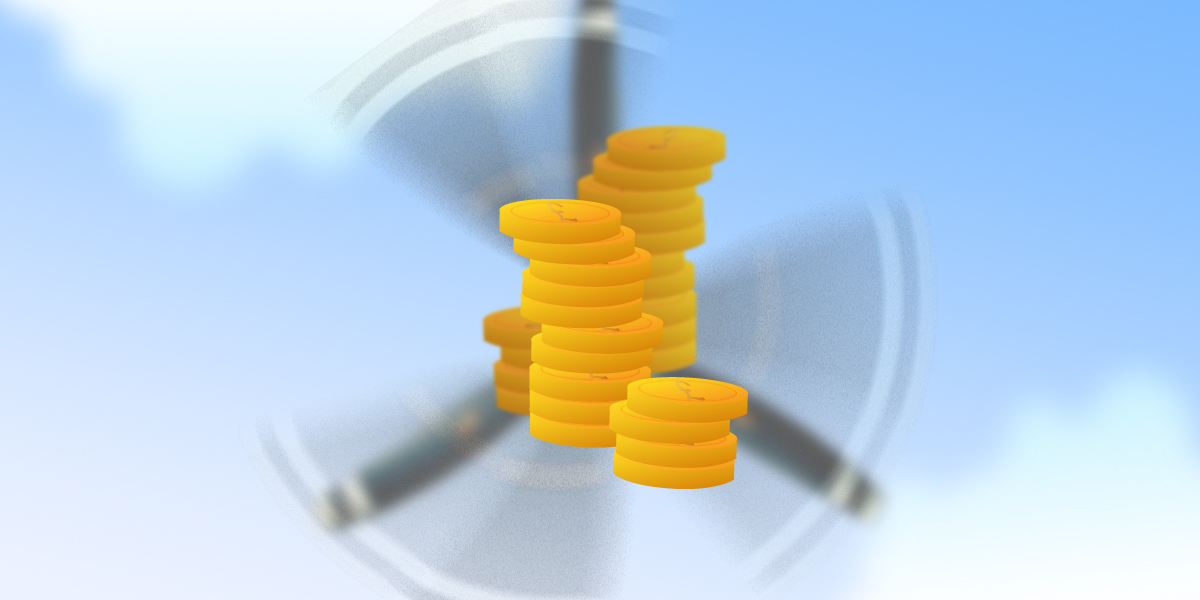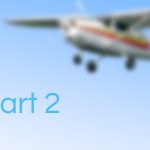
There are also useful things you can do in order to maximise your training performance, impress your instructor, and at the same time preserve your bank balance.
Prior Preparation
You should have acquired a copy of the PPL Flight Exercises book; it explains in detail the theory behind, objectives of, and methods taught for each lesson. The preflight briefing given by your instructor before every lesson is just that; a brief recap of the lesson to be flown. Since (normally) a flying school can only allocate 20-30 minutes at best for this briefing, a student who has thoroughly studied the book prior to the lesson will absorb the tuition and achieve the lesson objectives much faster – moving onto the next lesson sooner, and thus spending less hard earned money.
Fly An Armchair
In certain lessons, most often in circuit flying (practising take off and landing during circuits around the airfield) you’ll be required to fly a certain flight profile (I.e. climb at a particular speed, level off at a certain height, descend at a target speed and so on) whilst also carrying out memorised drills & checks. This also occurs in lessons such as practise forced landings, amongst others. Sitting down, preferably in an aircraft on the ground prior to a lesson, and running through a mental rehearsal of the profile & drills will often make it much more easy to fly accurately when you’re paying multiple £ per minute to do it for real.
Regular Flying
It’s not always easy with UK weather – but students who manage to fly more often tend to spend less money overall. Continuity is key – if there’s a big gap between your lessons, students tend to spend extra time relearning rusty skills. A maximum gap of 2 weeks between lessons is recommended – and wherever possible, stick to the same instructor, in order to provide maximum continuity (they will get to know your learning style and progress, and will adapt accordingly).
Get Involved & Read Widely
Good students often immerse themselves in the aviation environment. If you’re training at an airfield with a vibrant social scene, talk to other students and pilots at the bar/cafe/club. They may well offer to take you flying; seeing flight in a light aircraft, without the pressure of being taught, can be hugely beneficial. There is also a huge wealth of further information available in print and online – in addition to the Groundschool section, there are a number of active pilot web forums, and any number of official circulars and news items to read and benefit from.

Finally….. Make Mistakes & Persevere
Good flight instruction allows a student to make mistakes, but prevents those mistakes causing harm; students should be exposed to likely errors and (crucially) the correct recovery methods whilst under the watchful eye of their instructor. It therefore follows a good instructor will allow a student to make mistakes; and that a good student should not take errors to heart. It’s often said you can’t learn without error!
So when you do make mistakes; realise it’s all part of the process, and persevere. Your instructor will have seen it all before – most students make the same errors, and they will form an essential part of learning to fly.
Happy educational flying!







